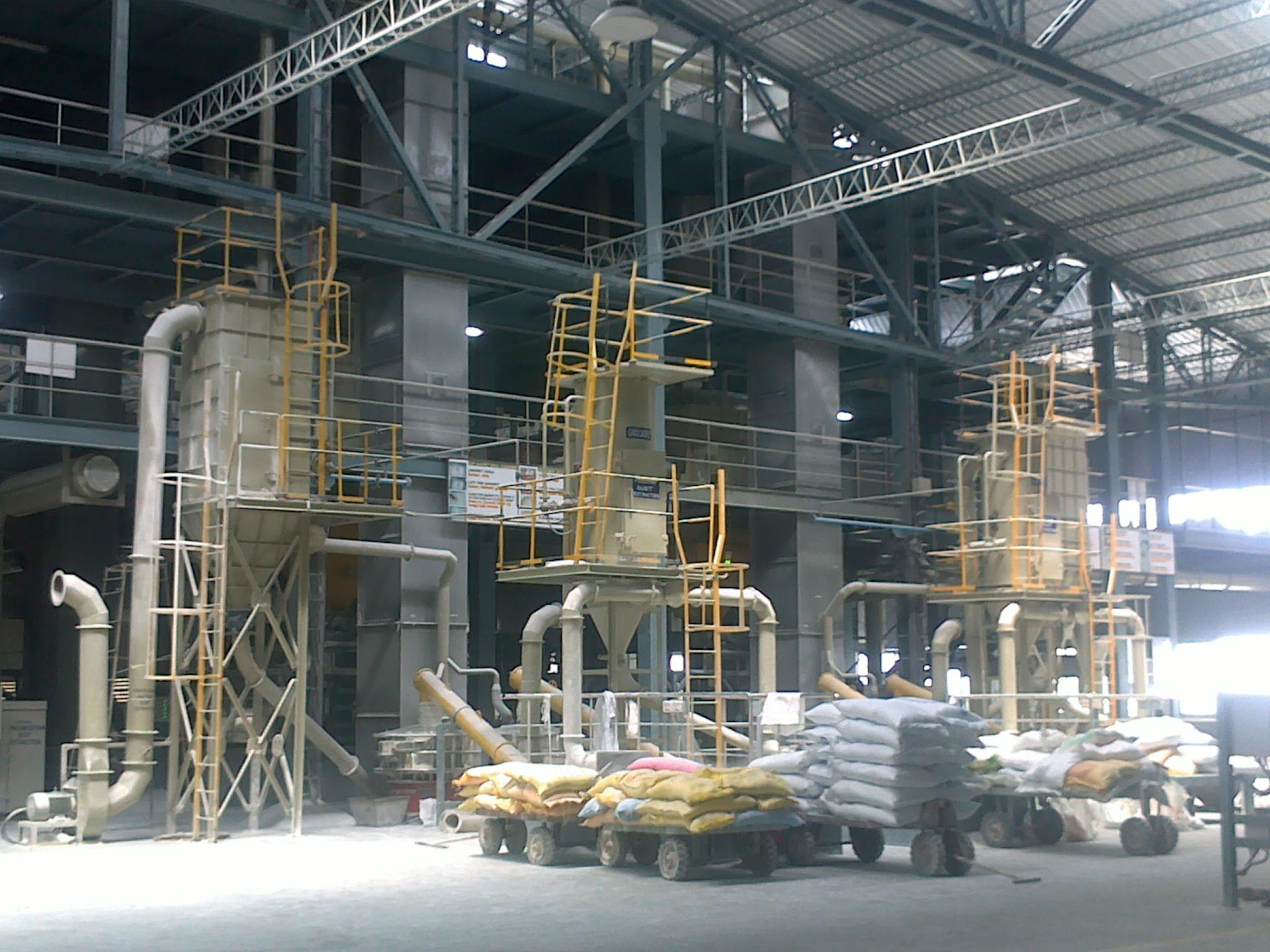Dust collection system
Dust collection system
Dust collection systems work on the basic formula of capture, convey and collect. First, the dust must be captured. This is accomplished with devices such as capture hoods to catch dust at its source of origin. Alternatively, a duct can be directly attached to a port in the machine from which the dust comes out. Second, the dust must be conveyed. This is done via a ducting system, properly sized and manifolded to maintain a consistent minimum air velocity required to keep the dust in suspension for conveyance to the collection device. Finally, the dust is collected. This is done via a variety of means, depending on the application and the dust being handled.
It can be as simple as a CYCLONE SEPARATOR, or a MULTI JET BAGFILTER , or a VENTURI SCRUBBER.
KARYASIDDHI has executed following types of projects in Dust collection systems for diverse industries and manufacturing facilities and widely appreciated for the performance of its systems.

| Particulars | Cyclone Separator | Multiclone Separator | Pulse Jet Bag Filter | Venturi Scrubber |
|---|---|---|---|---|
| 1. Dust separation method | Centrifugal force | Centrifugal force | Filtration | Impaction |
| 2. Efficiency | 80% down to 20 micron | 80% down to 20 micron | 99% down to 2 micron | 99% down to 2 micron |
| 3. Outlet emission | 100mg/Nm3 for particle size 20 micron and above. Particle size < 20 micron- 300 to 400mg/Nm3 |
100mg/Nm3 for particle size 20 micron and above. Particle size < 20 micron 200 to 300mg/Nm3 |
100mg/Nm3 for particle size up to 2 micron. |
100mg/Nm3 for particle size up to 2 micron. |
| 4. Temperature of dustmedia | High temperatures | High temperatures | Max230⁰C (with special fabric for the bags.) | High temperatures |
Proposal Request form



























